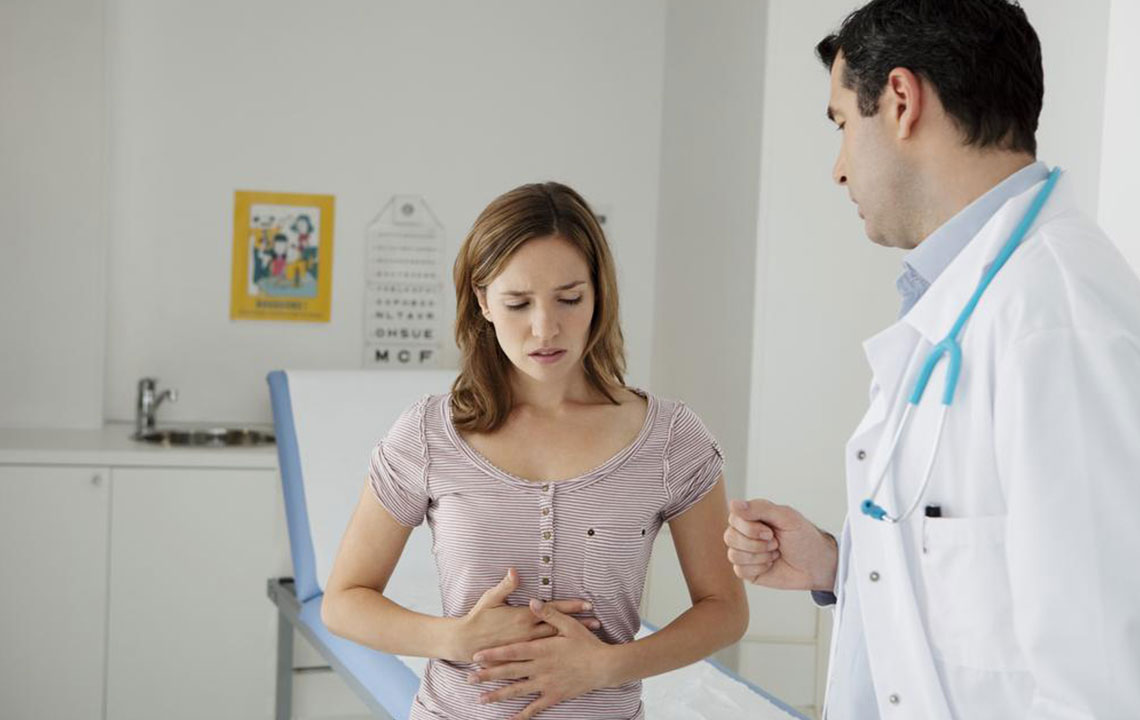Effective Treatment Options for Diarrhea

Diarrhea is a medical condition that lasts a few days. In some cases, it gets treated by itself needs no treatment. However, sometimes, diarrhea gets so serious that it can last longer. If not treated on time, this can become fatal. Therefore, it is recommended to see a doctor if symptoms of diarrhea will become severe. When it comes to medication for diarrhea, not all people know that a medication for an adult is not for a child suffering from diarrhea. It is advised to seek the advice of a pediatrician when buying a treatment for children suffering from this condition. Here are some ways listed for the treatment of diarrhea.
Hydrate well
A person suffering from diarrhea is most likely to dehydrate frequently. Diarrhea exhausts away most essential body liquids from the body. Thus, it is important to keep fully hydrated when suffering from diarrhea. If your child is suffering from this condition, try to provide him with liquid drinks such as water, juice, and other liquid forms to keep him hydrated. The major concern is water-like stools that cause weakness and loss of liquid content to a patient’s body. Let’s see how to keep a person well hydrated in a serious condition as diarrhea. Keeping hydrated is one effective way for the treatment of diarrhea.
Drink sports drinks
Sports drinks are high in essential nutrients and fluids sources that a body tends to lose when suffering from diarrhea. Moreover, they come is a variety of flavors. Presence of sugar and salt content in sports drink let body absorb such drinks well. One way to make sports drink at home is by adding a teaspoon of salt to a quart of apple juice. This salt content in the drink help the body absorb fluids. In addition, it is advised to keep the drink on room temperature. This because a drink that is warm have a better impact in sufferer’s body than a cold one. This is also one of the best ways for the treatment of diarrhea.
Drink clear liquids
It is highly recommended to drink clear liquids such as clear water and clear broth during diarrhea. This habit will help in the treatment of diarrhea.
Avoid certain drinks
Not all kind of drinks are recommended to be taken during diarrhea. There are certain drinks that should be strictly avoided because of their huge likelihood to worsen the symptoms. Drinks such as caffeinated, drinks high in sugar, and alcoholic drinks can elevate that degree of dehydration. There are some drinks such as milk and certain dairy products that can make the symptoms even more serious. One should also be well aware that diarrhea can lead to temporary lactose intolerance in a sufferer.
Embrace balanced diet
This is a right time to introduce a balanced diet to your lifestyle. We need to admit the fact that many of the illnesses actually result from a shortage of certain important factor in our diet. In other words, lack of balanced diet trigger immune system deficiency and allows diseases to attack us. A disease can be very well prevented from occurring at first place if we embrace a balanced diet in lives. When suffering from diarrhea make sure a sufferer gets an adequate amount of nutrients and vitamins to fight the problem. However, you should be careful with your food during diarrhea. In first 24 hours, it is better to stick to only clear liquids. Then after that one can gradually add bland food to their diet. Some examples of bland food are bananas, rice, applesauce, toast, and tea. This is also known are BRATT diet. There is a research that claims that BRATT diet is not an effective way for the treatment of diarrhea. However, it is also said that if not good, it is not also bad for the condition. Not all people may benefit from this diet. For instance, bananas may be a good option for adults during diarrhea, but for children, they can increase chances of vomiting. Having a balanced diet is also an effective treatment of diarrhea.
Diarrhea that lasts longer than a few days may require checking the kinds of foods consumed. This is because there are chances that a diet may be intensifying the situation. Certain foods that irritate bowel actually make diarrhea go worse. These are foods that are high in fiber such as whole grains, bran, brown rice, and highly sweet foods. Other foods such as those sweetened with sorbitol can intensify diarrhea. In loose stool, one is should avoid such foods in all conditions.
In case diarrhea is caused due to a certain food in the diet, it is suggested to avoid those foods. This should be done only if you think a certain food is causing the problem. However, restraining from certain foods does not mean never introducing a food that was ditched again in your diet. In fact, you can start eating that food back after your condition gets better.


